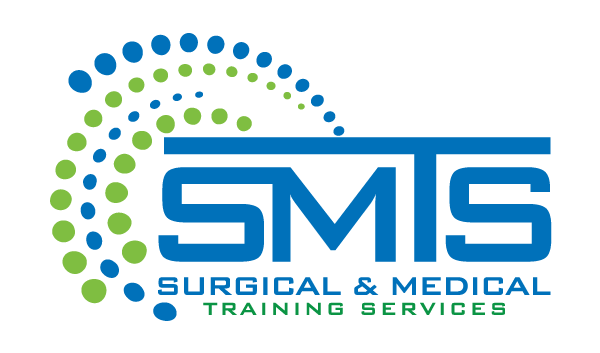1. Improving Surgical Accuracy and Reducing Medical Errors
Cadaver training enables surgeons and trainees to:
- Practice complex procedures before performing them on living patients
- Understand detailed three-dimensional relationships among organs, vessels, and nerves
- Develop precise manual skills for safe and effective surgery
This reduces the risk of surgical mistakes, complications, and preventable deaths.
2. Preparing Doctors for Rare or High-Risk Procedures
Many life-saving procedures are rarely performed, meaning clinicians must train extensively before ever encountering a case. Human cadavers allow doctors to:
- Rehearse emergency surgeries (e.g., trauma operations, cricothyrotomy, thoracotomy)
- Train for uncommon anatomical variations they may encounter in real emergencies
- Build confidence and speed—critical factors in saving lives
3. Enhancing Trauma and Emergency Medicine Training
In emergencies, seconds matter. Cadaver labs allow paramedics, ER doctors, and military medical teams to practice:
- Airway management
- Hemorrhage control
- Chest decompression
- Vascular access
- Damage-control surgery for trauma patients
This hands-on experience prepares them to act rapidly and correctly in real life-or-death situations.
4. Supporting the Development of New Surgical Techniques
Many groundbreaking surgical procedures were first tested and refined on cadavers. This safe testing environment helps:
- Innovate new minimally invasive surgeries
- Improve organ transplantation techniques
- Develop safer orthopedic and neurosurgical approaches
Every improved or newly created technique can translate into lives saved.
5. Allowing Safe Testing of Medical Devices
Pacemakers, stents, implants, and surgical instruments are often evaluated on cadavers before being used in patients. This ensures:
- Devices function safely in real anatomical conditions
- Surgeons understand how to use them correctly
- Complications are identified before reaching human patients
Safer devices mean better survival rates.
6. Building Clinical Confidence and Reducing Anxiety
Training on cadavers gives students and doctors the chance to:
- Learn without fear of harming a living patient
- Make mistakes and correct them safely
- Build emotional resilience and professional maturity
A confident, well-practiced clinician performs more effectively in critical situations.
7. Providing a Deep Understanding of Anatomical Variation
Every human body is unique. Cadaver training exposes learners to:
- Variations in vessel pathways, nerve branching, organ size, and bone structure
- Pathologies such as tumors, scarring, or trauma
- Surgical challenges they will later face in real patients
Understanding variation helps clinicians avoid life-threatening complications.
Conclusion
Human cadaver training is not just an educational tool—it is a direct contributor to saving lives. By improving surgical precision, enhancing emergency response skills, enabling innovation, and preparing clinicians for real-world complexity, cadaver-based learning ensures that future healthcare professionals provide safer and more effective care.
